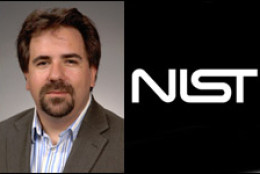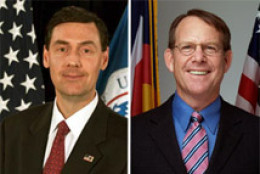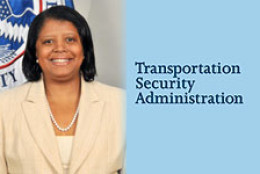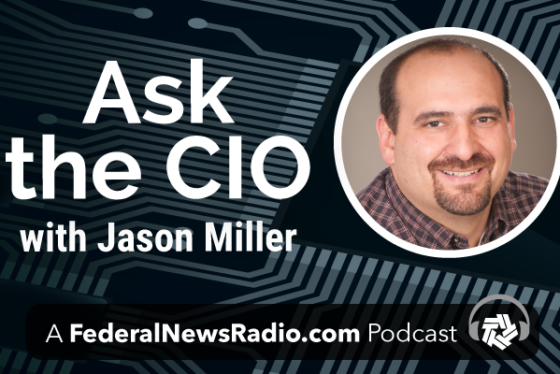Cybersecurity
-
The agency plans to release solicitations to help agencies implement sensors to detect threats, followed by industry-provided services to analyze them. Congress approved $183 million to begin in 2013 to help get continuous monitoring off the ground more quickly.
September 28, 2012 -
Congress has told the Pentagon to stem the tide of suspected counterfeit parts that ultimately end up in military technology systems. First though, DoD has to come to grips with the fact that it can't simply mandate change to an industrial base it once controlled.
September 27, 2012 -
The Energy and Homeland Security departments are working with companies in the electricity sector to come up with a baseline set of cybersecurity standards. Michael Daniel, the White House cyber coordinator, said the framework is making a difference in how owners and operators secure their networks. But Rep. Mike Rogers (R-Mich.) said without liability protections expansion of these efforts isn't likely.
September 27, 2012 -
Dave Waltermire, security automation architect, Computer Security Division, at NIST, will talk about the upcoming conference and security automaton. September 25, 2012
September 25, 2012 -
Today, most organizations are keenly aware of deliberate insider threats that pose risk to their cybersecurity posture. But recently the internal threat has morphed. More than ever "accidental insiders" — sources of vulnerability who are not maliciously trying to cause harm, are unknowingly presenting major risks which can compromise an organization and its infrastructure. This panel sponsored by Booz Allen Hamilton, will bring together top industry experts to discuss the threats posed by these accidental insiders. Several questions and issues will be explored including: How do you define and characterize accidental insider threats? How prevalent are these threats? How do you measure the impact of an accidental insider threat incident after it has occurred? How does legislation and policy affect what organizations can do to address these threats?
September 25, 2012 -
The agency is changing its approach to the Einstein tool to keep up with the changing technology. Mark Weatherford, under secretary for cybersecurity, said on Agency of the Month that DHS is helping agencies be more proactive in defending their networks. He isn't worried about the turnover in his office.
September 24, 2012 -
The study says Eastern European hackers have a more sophisticated infrastructure and use more sophisticated malware than Eastern Asian hackers.
September 24, 2012 -
OMB sent a Sept. 30 target date for departments to implement IPv6. NIST statistics show a majority of the government's networks will not change over from the older IPv4 in the next week.
September 21, 2012 -
Dr. Emma Garrison-Alexander, TSA's chief information officer, said the goal is to make sure employees have the right device to match up with their mission requirements. September 20, 2012
September 20, 2012 -
The Federal IT Acquisition Reform Act would codify much of the Obama administration's 25-point IT reform plan. The draft bill would go even further in attempting to address long-standing challenges for agency chief information officers.
September 20, 2012 -
Cyber criminals might unknowingly provide the impetus to help agencies address a cybersecurity skills gap. OPM also is working with agencies to address other shortfalls in key workforce competencies.
September 20, 2012 -
Napolitano said there were a few outstanding issues and President Barack Obama has not yet reviewed the document.
September 20, 2012 -
RSA and Booz Allen Hamilton said they will jointly develop new information security products and offer them as managed services.
September 20, 2012 -
The Government Accountability Office said reports of malware targeting mobile devices have nearly tripled in less than a year.
September 19, 2012 -
Military's cyber leaders say job satisfaction has so far trumped salary concerns when it comes to building and retaining a workforce of elite cyber warriors. Building the capacity of that training pipeline is the next challenge.
September 19, 2012







